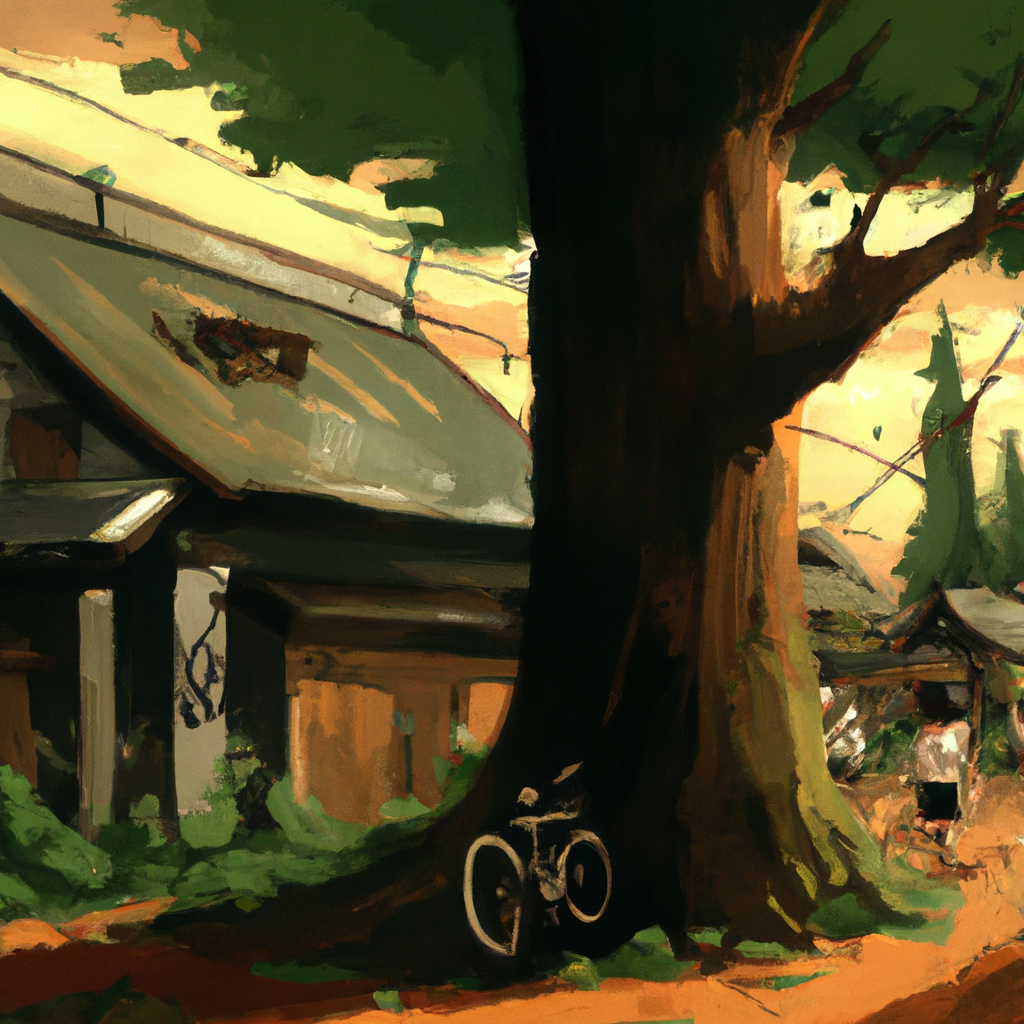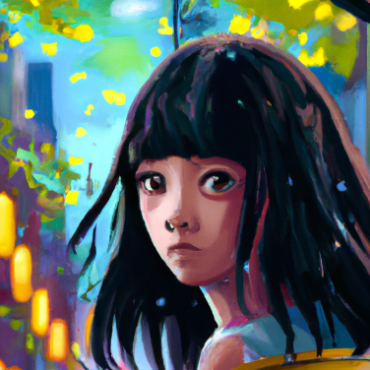The Olympic Games have always been a celebration of athleticism, unity, and cultural diversity. However, one aspect that has added a touch of whimsy and charm to these global sporting events is the creation of mascots. These lovable characters have evolved over the years, reflecting the changing trends in design and the cultural significance of the host country. In this article, we will take a journey through the evolution of Olympic Games mascot design, exploring the transition from simplicity to spectacle.
A Journey through the Evolution of Olympic Games Mascot Design
From the early days of the Olympic Games, mascots were minimalistic and straightforward. The first official Olympic mascot, "Waldi," was introduced during the 1972 Munich Games. Designed by Otl Aicher, this adorable Dachshund represented the attributes of agility and determination. With its simple design and vibrant colors, Waldi set the stage for the future of Olympic mascots.
As the Olympic Games gained popularity and global attention, mascots gradually transformed from simple illustrations to complex, multi-dimensional characters. The 1992 Barcelona Games marked a pivotal moment in mascot design with the introduction of "Cobi," a cubist-inspired dog created by Javier Mariscal. Cobi’s distinctive geometric shapes and playful expression captured the spirit of the host city and became an instant sensation. This marked a shift towards mascots that were not only representative of the host country but also had a strong cultural impact.
In recent years, the evolution of Olympic Games mascot design has taken a leap into the realm of spectacle. The 2008 Beijing Games saw the introduction of "Fuwa," a group of five mascots representing symbols of Chinese culture. Each Fuwa character had its own unique personality and attributes, with intricate designs that showcased the rich heritage of China. This marked a significant shift towards mascots that not only appealed to children but also served as cultural ambassadors, promoting the host country’s history and traditions on a global stage.
From the simplicity of Waldi to the spectacle of Fuwa, the evolution of Olympic Games mascot design has been a fascinating journey. These lovable characters have become iconic symbols of the Olympic Games, capturing the imagination of both young and old. As we eagerly await the next edition of the Games, we can only wonder what the future holds for Olympic mascot design. Will they become even more extravagant and complex, or will there be a return to the simplicity of the past? Only time will tell. Until then, let us cherish the memories and continue to celebrate the rich tapestry of Olympic Games mascot design.

